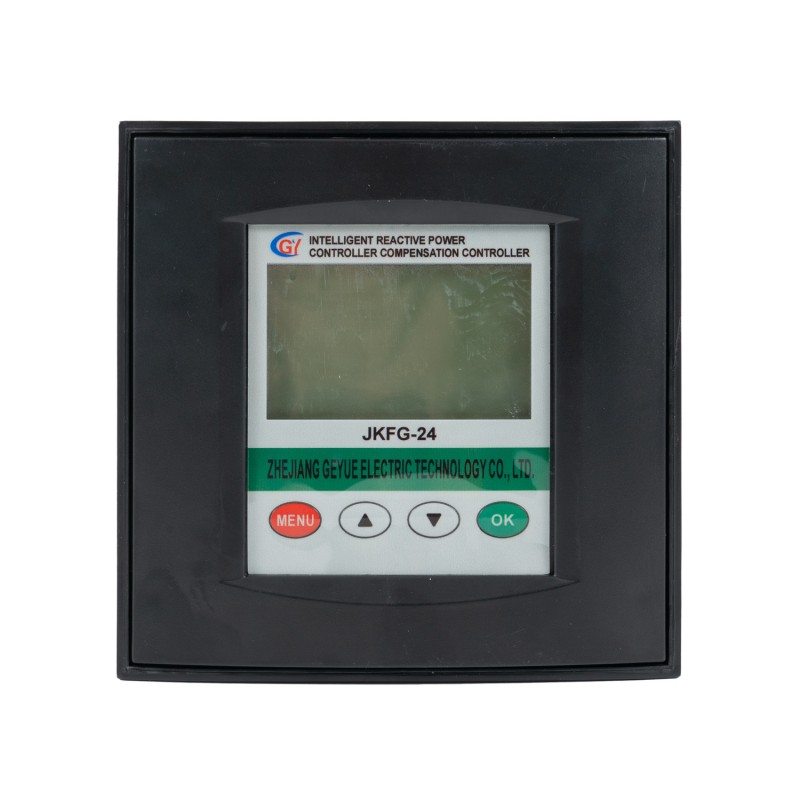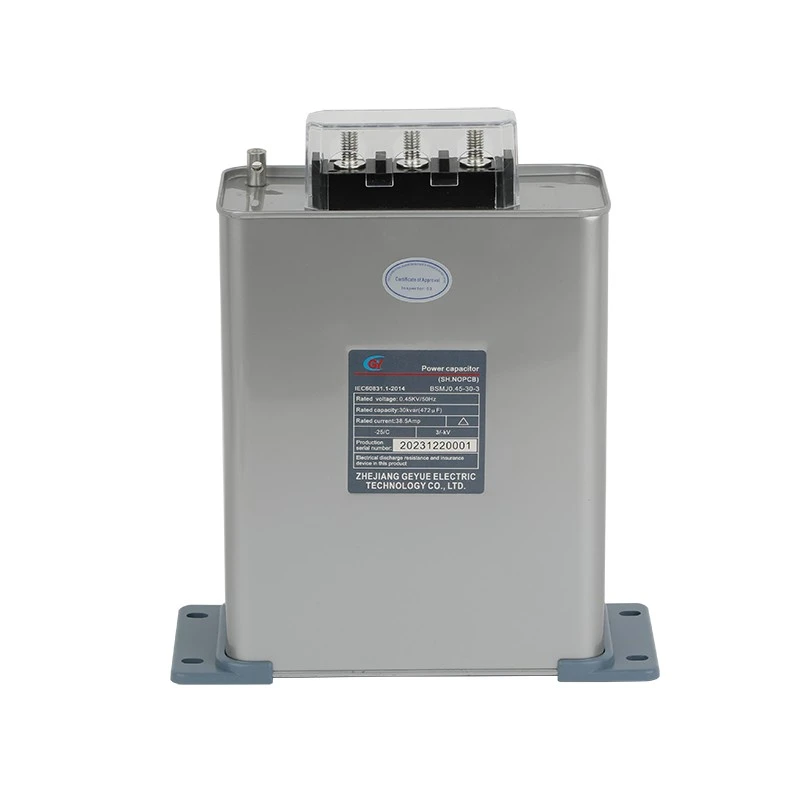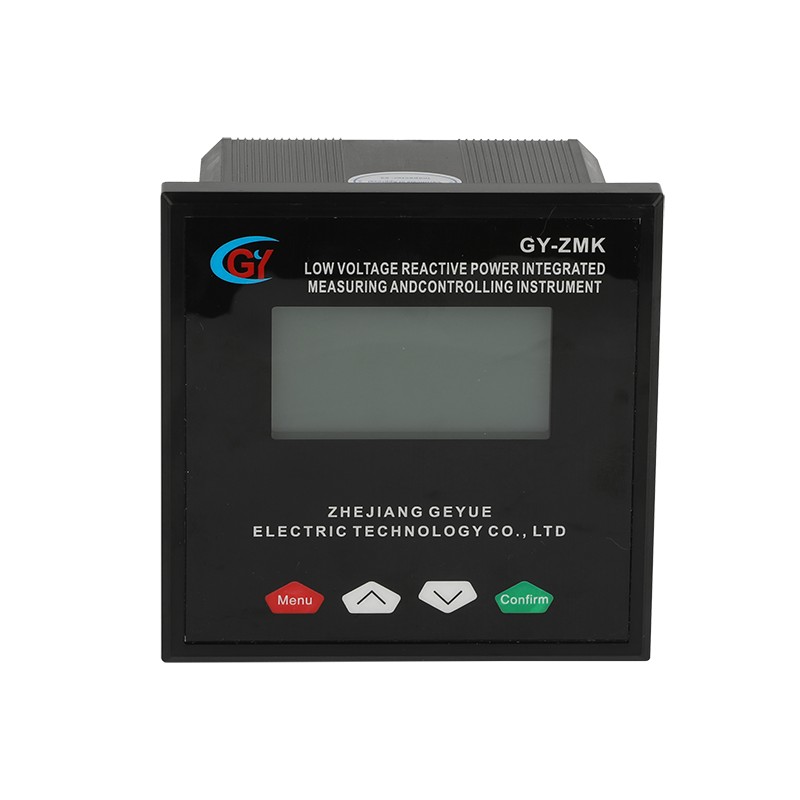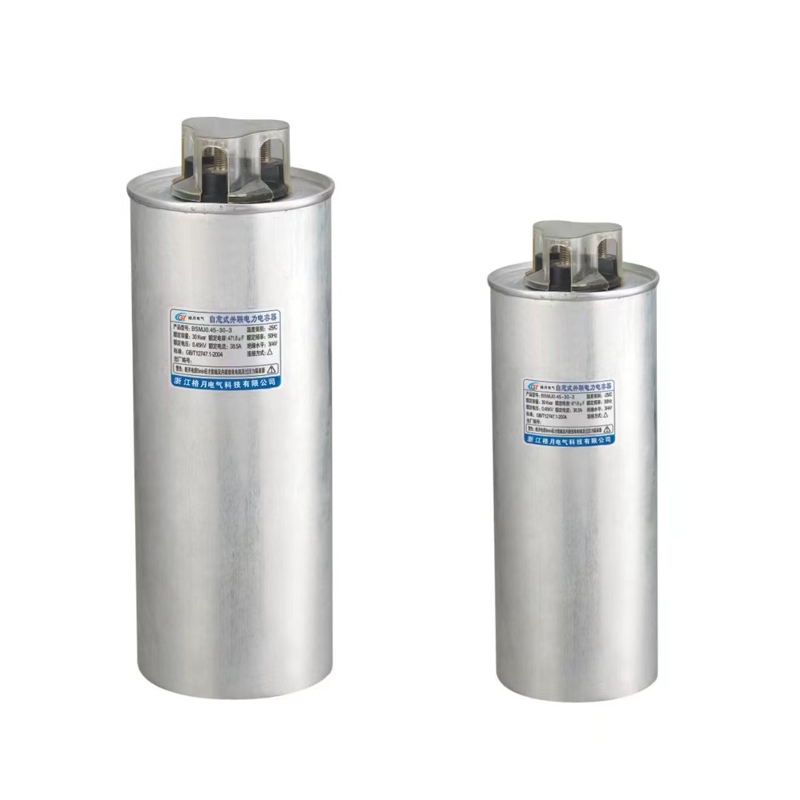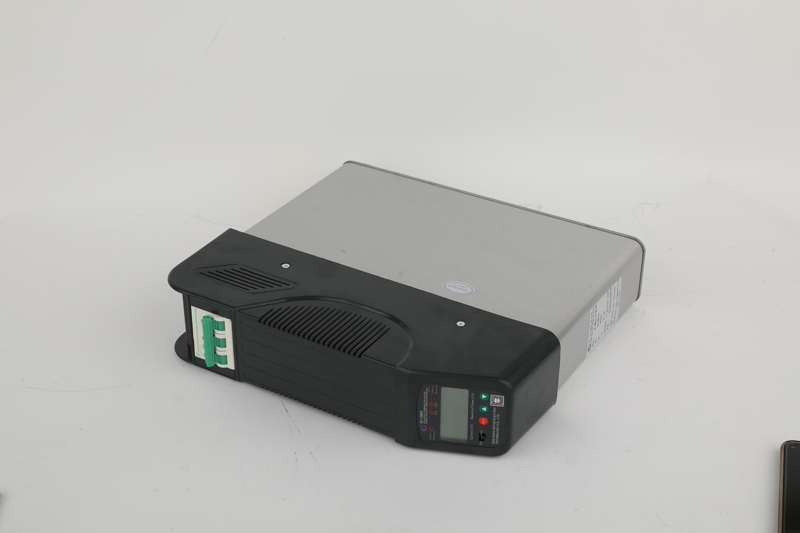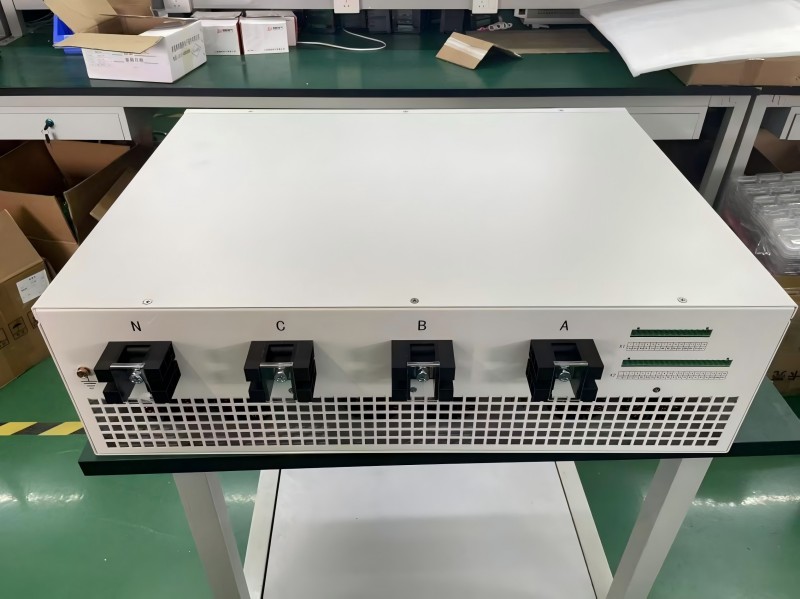Can SVG Become the Ultimate Solution for Power Quality Management?
A Brief Explanation of SVG
With increasing demands for power quality across all industries, especially with the large-scale integration of new energy sources and the widespread adoption of precision manufacturing equipment, power quality issues in the power grid are becoming increasingly prominent. SVG, a new type of reactive power compensation device, has developed against this backdrop, profoundly changing the technological landscape of the entire industry. Our company has been manufacturing compensation cabinet components for over twenty years, witnessing firsthand the evolution of reactive power compensation technology from the most traditional capacitor switching to today's power electronics technology. In this process, we have seen SVG demonstrate significant advantages in response speed and control precision.
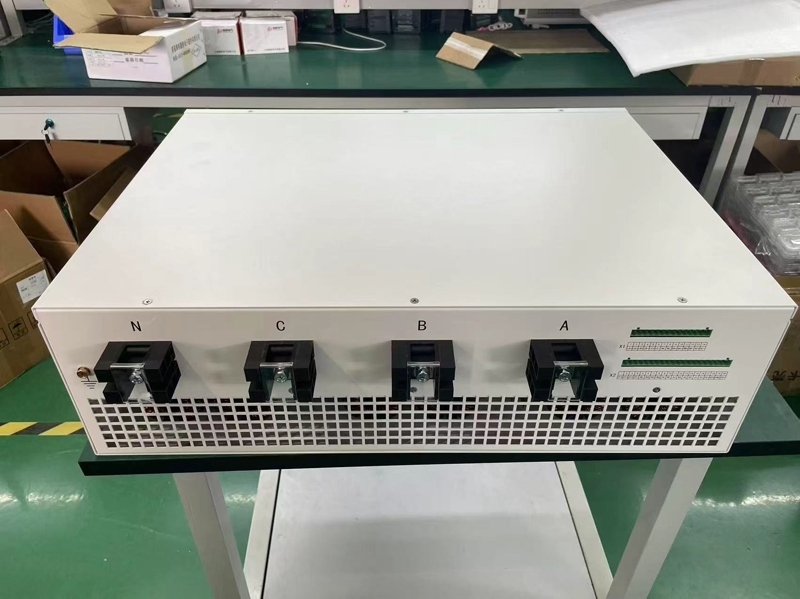
Based on our practical experience over the years, SVG is indeed significantly superior to older compensation devices. Its response speed is exceptionally fast, achieving millisecond-level response, and its control precision is also very high. Furthermore, it effectively suppresses harmonics. In complex environments with high power quality requirements, such as new energy power plants and large industrial plants, SVG performs exceptionally well. However, through participation in multiple projects, we have also found that SVG encounters some practical problems during its widespread adoption, such as relatively high price and demanding maintenance requirements. Different application scenarios may require different solutions, which is the most practical approach.
Technological Breakthroughs: The biggest technological innovation of SVG lies in its use of entirely new power electronic devices and advanced control technology. Compared to older compensation devices, SVG, by controlling advanced power semiconductor components such as IGBTs, can achieve smooth and continuous adjustment of reactive power. This technology, based on fully controllable devices, completely solves the inrush current problem caused by capacitor switching, resulting in a qualitative leap in response speed. In actual testing, the response time of SVG can reach the millisecond level, which is unattainable by traditional compensation devices. Furthermore, SVG can provide both inductive and capacitive reactive power in real time, according to the actual needs of the system—a flexibility unmatched by traditional devices.
More importantly, modern SVG is evolving from a single-function device into a multi-functional power quality management platform. With the large-scale application of wide-bandgap semiconductor materials such as silicon carbide, the power density and efficiency of SVG will be significantly improved. Our company's laboratory test data shows that SVGs using silicon carbide devices can achieve an efficiency increase of over 5% and a size reduction of approximately 30%. These technological advancements lay a solid technical foundation for the future construction of smart grids and enable SVG to play a more significant role in future power systems.
Significant Advantages in Practical Applications
In practical engineering applications, SVGs have indeed demonstrated many significant advantages. Taking a large steel plant renovation project we participated in last year as an example, in situations with rapidly changing loads such as rolling mills, the millisecond-level response capability of SVG effectively suppressed voltage fluctuations and flicker.
SVG's performance in harmonic mitigation is equally remarkable. Through advanced control algorithms, it can monitor the harmonic content in the power grid in real time and generate corresponding compensation currents. This proactive mitigation method is much more flexible and effective than older passive filters, especially in industrial applications with complex harmonic compositions. Our monitored operational data shows that SVG can stably control the system's total harmonic distortion rate to within 3%, fully meeting the most stringent power quality standards. Furthermore, SVG also has advantages such as low operating losses, small footprint, and flexible installation. A power quality upgrade project we completed last year at a chemical plant successfully solved the installation challenge of limited space by fully utilizing the small size of SVG. These real-world examples fully demonstrate the practical value of SVG in various applications.
Secondly, SVG has relatively high requirements for operation and maintenance. In harsh industrial environments, its operational reliability still needs further practical verification. We have encountered some typical cases where the failure rate of SVG significantly increases in dusty and high-temperature environments. Furthermore, the performance of SVG under special operating conditions such as power grid failures requires further verification and optimization based on more operational data.
Promising Future Prospects
Meanwhile, the integration of SVG with other power quality management equipment is a clear trend, providing users with more complete solutions. Our "SVG+APF" integrated device, which we are developing, achieves a perfect combination of reactive power compensation and harmonic control; this integrated solution is very popular in the market. Especially in smart grid construction, SVG, with its rapid response capabilities, will play a crucial role in renewable energy grid integration and voltage support, with significant future development potential.
Objectively Viewing the Positioning of SVG
Based on existing engineering practices, SVG does indeed represent the advanced level of current reactive power compensation technology, possessing significant advantages in technical performance. Its advantages in response speed, control accuracy, and functional integration make it irreplaceable in high-end applications. However, it may be premature to call it the ultimate solution. SVG still needs further improvement in cost control and reliability, especially in the price-sensitive low-to-mid-range market, where the cost-effectiveness of products needs to be further enhanced.
As industry practitioners, we will continue to dedicate ourselves to the optimization and innovation of SVG technology. Currently, we are conducting research on the application of third-generation semiconductors in SVG, and a new generation of products is expected to be launched next year. At the same time, we must be soberly aware that technological development is endless, and SVG is merely an important milestone in the process. More advanced technological approaches may emerge in the future, which is precisely the allure of technological innovation. We believe that with technological advancements and cost reductions, SVG will play an increasingly important role in power quality management, but ultimately it may form a complementary and coexisting structure with other compensation technologies, jointly driving the industry's development.
- What Is the Significance of the Reactive Power Demand Curve in Designing an Effective Low Voltage Reactive Power Compensation System?
- What Are the Main Types of Low-Voltage Reactive Power Compensation Requirements in Commercial Buildings with High-Density LED Lighting and HVAC Systems?
- In the New Energy Era, How Will the Reactor Industry Overcome Technological Bottlenecks?
- What Are the Best Practices for Storing Spare Self-Healing Shunt Capacitors Before They Are Put into Service?
- What is the Significance of Torque Values when Connecting Capacitor Power Terminals, and What Are the Risks of Improper Tightening?
- What does the "D/kVar" Value of a Capacitor Tell Us about Its Energy Density and Physical Size?



